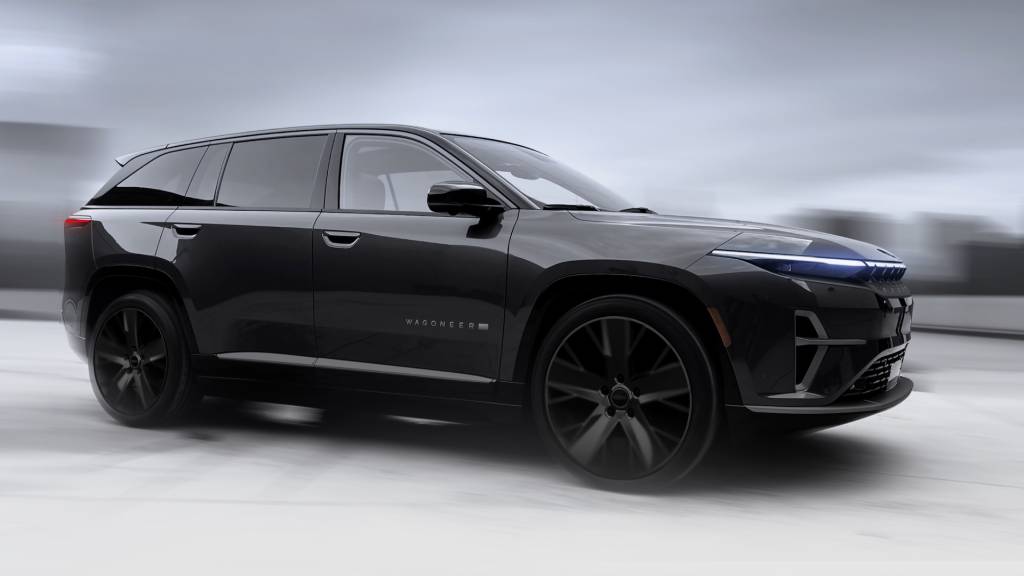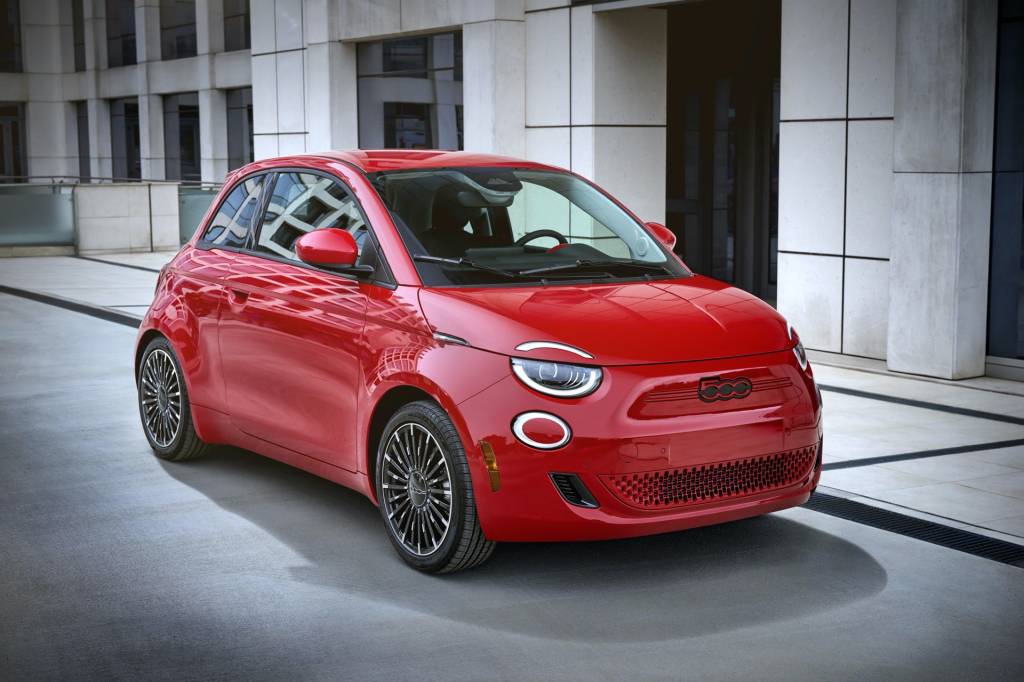Automakers must reduce EV battery weight by 50% in the next decade in order to make electrification truly green, Stellantis CEO Carlos Tavares said Wednesday during the automaker’s Freedom of Mobility Forum.
As Reuters reports, Tavares said that making a battery pack for an EV with a “decent range” of 250 miles currently takes, on average 1,000 pounds of additional raw material compared to an internal-combustion vehicle.
“From an environmental standpoint… I don’t think it makes sense,” Tavares said, arguing that a “breakthrough” in battery-cell energy density is needed to address this issue—and that such a breakthrough could happen.

2024 Dodge Charger Daytona
“I think over the next decade we’ll be able to reduce the battery pack weight by 50%,” Tavares said, “hence reducing by 50% the use of additional raw materials against a conventional vehicle.”
But even with current battery tech, recent analysis indicates the lifecycle emissions of EVs are already fairly low.
Based on the Greenhouse Gases, Regulated Emissions, and Energy Use in Technologies (GREET) model developed by the Energy Department’s Argonne National Laboratory—including materials sourcing, upstream emissions, and other elements in addition to tailpipe emissions—the breakeven point in the U.S. in which an EV has a lower carbon footprint than a gasoline car comes after just a year or two.

2025 Jeep Wagoneer S
The time to the emissions breakeven point is even shorter in some European countries, which Tavares should be familiar with. And while carbon analyses aren’t typically based on the future energy mix, as the grid switches to renewables EVs will pay back in even less time.
As Volvo just illustrated with its EX30 and a comprehensive carbon analysis, cell type and the size of the battery pack can make a huge difference, however. The EX30’s larger NMC battery (the only option in the U.S.) has nearly twice the impact of the LFP pack offered elsewhere.
It’s in the interest of Tavares to throw some scattershot in the mix. About two years ago he said that making EVs is “beyond the limits” of what the industry can sustain because they cost 50% more to make than internal-combustion cars.

2024 Fiat 500e
But a recent report from Goldman Sachs found that EV battery prices might fall 40% between 2023 and 2025, allowing EVs to “reach breakthrough levels in terms of cost parity” with internal-combustion vehicles. It’s partly because of cooling demand but also expanded production facilities.
These factors are not the same as the anticipated environmental impact of EVs, though, and it’s unclear what data Tavares is looking to, and the conditions he’s assuming, in claiming that more battery gains are needed for an environmental payback.

